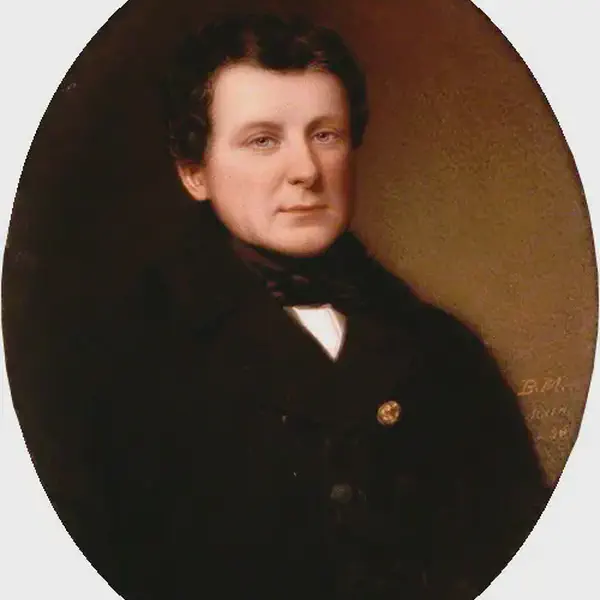
George IV Begins His Visit to Ireland; He Is Received Enthusiastically by O'Connell and Others
August 12, 1821
In 1821, King George IV made a historic visit to Ireland, marking the first time a reigning British monarch had visited the country since the 12th century. His visit, which began on August 12, 1821, was met with great enthusiasm and elaborate celebrations, including a warm reception from influential figures such as Daniel O’Connell.
Background
Political Context: The early 19th century was a time of significant political and social tension in Ireland, largely due to issues such as Catholic Emancipation and the Act of Union of 1801, which had merged the Kingdom of Ireland with Great Britain to form the United Kingdom. The Irish population, predominantly Catholic, was largely excluded from political power, and there was widespread discontent over the lack of civil rights for Catholics.
George IV’s Reign: George IV had ascended the throne in 1820 following the death of his father, King George III. His reign was marked by personal scandals and political instability, but he sought to gain favor with his subjects through public appearances and gestures of goodwill, including his visit to Ireland.
The Visit
Arrival in Dublin: King George IV arrived in Dublin on August 12, 1821. His visit was part of a broader tour of his kingdom, which also included trips to Scotland and Hanover. The visit to Ireland was seen as an opportunity to strengthen ties between the Crown and the Irish people.
Reception by O’Connell and Others: Daniel O’Connell, one of Ireland’s most prominent political figures and a leading advocate for Catholic Emancipation, welcomed the king enthusiastically. Despite his opposition to many British policies, O’Connell saw the king’s visit as an opportunity to advance the cause of Catholic Emancipation and to foster goodwill between the Irish people and the monarchy. Many other prominent figures and local leaders also greeted the king warmly, hoping that his visit would lead to political reforms and greater attention to Irish grievances.
Public Celebrations: The visit was marked by grand celebrations, including parades, banquets, and public ceremonies. Dublin was decorated extensively, and the king’s presence was met with widespread public enthusiasm. The Irish people turned out in large numbers to see the king, and the atmosphere in the city was festive and hopeful.
Significance and Aftermath
Temporary Easing of Tensions: The visit of George IV temporarily eased some of the tensions between the Irish population and the British government. The king’s presence in Ireland, along with his apparent willingness to listen to Irish concerns, created a sense of optimism that reforms might be forthcoming.
Impact on Catholic Emancipation: While the visit did not result in immediate political changes, it did contribute to the growing momentum for Catholic Emancipation. Daniel O’Connell continued to campaign vigorously for the rights of Catholics, and his warm reception of the king helped to position him as a moderate and pragmatic leader who was willing to engage with the British government. Catholic Emancipation was eventually achieved in 1829.
Legacy: The visit of George IV to Ireland in 1821 is often remembered as a brief moment of unity and goodwill in a period of deep division. Although it did not bring about the significant reforms many had hoped for, it marked an important moment in the relationship between Ireland and the British monarchy.
The enthusiastic reception of King George IV by Daniel O’Connell and the Irish public in 1821 reflected a complex mix of hope, pragmatism, and the desire for political change. While the visit did not resolve the underlying issues facing Ireland, it remains a notable event in the history of Irish-British relations.